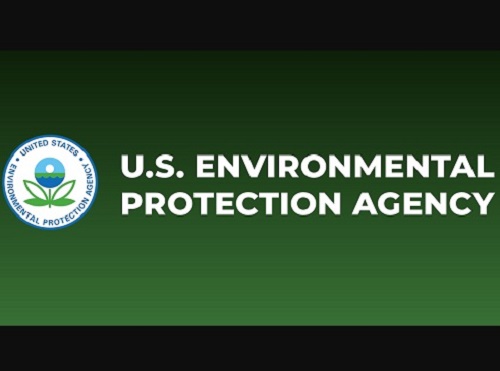The Environmental Protection Agency recently issued new light- and medium-duty vehicle regulations that mandate phased-in cuts to tailpipe greenhouse gas (GHG) emissions between Model Year or MY 2027 and 2032.
[Above image via the EPA]
The EPA said that, by MY 2032, those cuts will represent a nearly 50 percent reduction in projected fleet average GHG emissions target levels relative to the existing MY 2026 standards for light vehicles, such as cars and pickup trucks.
For medium-duty vehicles, EPA is revising its existing MY 2027 standards and establishing new standards for MYs 2028-2032, given “the increased feasibility of GHG emissions-reducing technologies in this sector in this time frame.”

The agency said its new medium-duty vehicle standards phase in over a six-year period from MY 2027 through MY 2032. When fully phased in, those standards should achieve a 44 percent reduction in projected fleet average GHG emissions target levels relative to the existing MY 2026 standards.
“These [new] standards will slash over 7 billion tons of climate pollution, improve air quality in overburdened communities, and give drivers more clean vehicle choices while saving them money,” noted EPA Administrator Michael Regan in a statement.
The agency said that, according to its calculations, the annual net benefits to society for the light- and medium-duty final rule are estimated to be $99 billion. The final rule is also expected to prevent 7.2 billion tons of carbon dioxide emissions from being emitted into the atmosphere through 2055 – roughly equal to four times the emissions of the entire transportation sector in 2021 – and reduce emissions of fine particulate matter from gasoline-powered vehicles by over 95 percent.
EPA added that once fully phased in, the new standards should save the average driver an estimated $6,000 in reduced fuel and maintenance over the life of a vehicle.



